Understanding why advertisements work is more than just selling stuff; it’s about the psychology of advertising and knowing what makes us Indians tick. In our diverse country, successful ads tap into our emotions, desires, and fears, creating a psychological impact of advertisement on consumers. By understanding what connects with us on a deeper level, advertisers can craft effective advertising that feels tailor-made for us. Whether it’s a sense of nostalgia or addressing issues we care about, good advertising speaks our language. It’s like a friend who knows exactly what we need. This is where brand management comes in it’s not just about putting ads out there; it’s about understanding us and building a relationship. So, let’s dive into the fascinating world of “The Psychology Behind Effective Advertising,” where every ad tells a story that resonates deeply with our hearts and minds.
Understanding Indian Consumer Behaviour:
In the world of advertising and brand management, understanding the psychology of advertising is crucial. Statistics reveal that a staggering 93% of consumers read online reviews before making purchase decisions. Armed with this insight into consumer habits and effective advertising strategies, advertisers can craft campaigns that resonate deeply with their target audience, leveraging advertising psychology to drive engagement and foster brand loyalty.
Data Source: https://trustmary.com/reviews/online-reviews-statistics-that-will-blow-your-mind/
Crafting Messages that Click:
Knowing what motivates Indians and how they decide what to buy helps in tailoring messages that hit the mark. By addressing their specific needs and desires, advertisers can make their ads more effective, highlighting the impact of advertising on consumer behaviour. Understanding these motivations not only enhances ad effectiveness but also demonstrates how targeted messaging can significantly influence purchasing decisions.
A Successful Brand Campaign:
An excellent example of this is the “Share a Coke” campaign by Coca-Cola. By putting people’s names on their bottles, they tapped into our love for personal connections. This not only boosted sales but also made the brand feel more relatable, demonstrating the significant impact of advertising on consumer engagement.
Understanding how customers think when it comes to advertising isn’t just about selling products; it’s about building relationships that last. The impact of advertising goes beyond immediate sales; it shapes brand perception and consumer behaviour. By understanding the psychology behind consumer actions, advertisers can create campaigns that really resonate with Indian audiences, leading to stronger brand loyalty and lasting success.
Emotional Appeal
Emotional appeal in advertising is a powerful tool that resonates deeply with consumers, influencing their purchasing decisions. In India, this tactic is particularly potent, as emotions hold significant cultural significance. Ads that effectively tap into emotions can evoke empathy, nostalgia, or even joy, forging a connection with the audience. Whether it’s a heartwarming story of family bonds or a touching portrayal of overcoming challenges, emotional ads leave a lasting impact. By understanding the nuances of emotional triggers, advertisers can craft campaigns that not only capture attention but also foster a sense of loyalty and affinity towards their brands in the hearts of consumers.
Creating Lasting Impressions
Ads aren’t just about selling stuff; they’re about making you feel something. Good ads stick in your mind long after you’ve seen them because they touch your heart. That’s why emotional ads are so effective.
Retro Indian Ads: Bringing Back Memories
The Nirma Washing Powder ad from the 1970s is a classic example that many Indians still remember fondly. You’ve probably heard its catchy jingle: “Washing powder Nirma, washing powder Nirma!” Along with this tune, the ad showed a girl happily dancing in a field of flowers, symbolising the freshness of Nirma.
What made this ad so special? Well, it spoke to regular Indian families. Back then, big international brands dominated, but Nirma offered good quality at an affordable price. This ad made people feel like they could have cleanliness and freshness without spending a lot.
The ad also had a simple, innocent charm that people loved. It reminds us of a time when things were simpler. Even today, hearing the Nirma jingle brings back memories for many Indians, making it a beloved part of our cultural heritage.
The Magic of Stories in Advertising
Why Do Stories Matter?
Stories are like the spice in our favourite dish—they add flavour and make things interesting. Similarly, in advertising and brand management, storytelling is like a secret ingredient that makes ads irresistible. When brands tell stories, they create a connection with us, increasing conversions by up to 30% according to ClearVoice . It’s like meeting an old friend who understands us completely.
Connecting Through Stories
Imagine watching an ad that makes you laugh, cry, or nod your head in agreement. That’s the power of storytelling. Brands use stories to talk to our hearts, not just our heads. They remind us of our own experiences and emotions, making us feel like they understand us.
Amazon’s Storytelling Magic
Amazon’s knack for storytelling goes beyond just selling products; it’s about creating emotional connections. Remember the ad with a priest and an imam sharing tea? It’s not just about tea; it’s about friendship and unity, touching our hearts.
Amazon’s stories resonate deeply with us, reflecting values like inclusivity and understanding. Through these tales, Amazon isn’t just a shopping platform; it becomes a part of our lives, shaping our perceptions and earning our loyalty.
Their ads remind us of the importance of human connections, transcending the ordinary to evoke genuine emotions. With each narrative, Amazon transforms our shopping experiences into meaningful interactions, leaving a lasting impact. Amazon’s storytelling stands out, capturing our attention and inspiring us. It’s not just about buying; it’s about the stories they tell, making us feel connected in a way that’s uniquely Amazon.
Why Does It Matter to You?
Storytelling in ads isn’t just entertainment; it’s a way for brands to connect with you. When you see an ad that feels like it was made just for you, you’re more likely to remember that brand. It’s like having a conversation with a friend who gets you.
The Power of Consistency and Familiarity in Advertising
Sticking to Your Brand

Sticking to your brand is like following a guiding star. It means keeping your message, pictures, and style consistent everywhere. When everything looks and feels the same, it helps people trust your brand. Just like we trust a guiding star to show us the way, being consistent with your brand helps people trust you in the busy world of selling stuff. It’s like when you see the same familiar face in a crowd – you feel a sense of comfort and reliability. So, whether it’s your logo, your ads, or your social media posts, staying true to your brand helps you stand out and build trust with your audience, making it easier for them to choose you over others.
Creating a Bond through Familiarity
Have you ever noticed how when you see the same ad again and again, you start feeling like you know that brand really well? That’s because of familiarity. It’s all about making you feel comfortable and familiar with a brand, which then makes you trust it more and want to stick with it. Think about those ads you see on TV or online – when you see them over and over, they become like old friends. And just like you trust your friends, you start trusting those familiar brands too. This trust and familiarity make you more likely to choose those brands when you’re buying something. That’s why companies show their ads so many times – they want to become a familiar and trusted part of your life. So, the next time you see that ad for your favourite brand, remember, it’s all about building a bond with you!
Taking a Leaf from Apple’s Book
Looking at Apple’s way of doing things can teach us a lot about staying consistent and familiar. Apple is known for its simple designs and catchy slogans that never seem to change. When you see their ads, they often touch your heart and make you feel like you’re part of something special.
Following Apple’s example can help Indian businesses too. By keeping things consistent and making people feel connected, just like Apple does, companies can build stronger relationships with customers. It’s like how Apple has a big group of loyal fans who love what they do. By learning from Apple’s approach, Indian businesses can also create that same kind of loyalty and trust among their customers. So, taking a cue from Apple’s playbook isn’t just about copying them, it’s about understanding how consistency and connection can make a big difference in business, no matter where you are.
Understanding Human Behaviour
In the world of advertising, grasping how people think and act is crucial. It’s like knowing the secret recipe for making ads that really connect with Indian audiences. Behavioural economics gives us these insights, helping us understand why people buy certain things and how they make decisions. This knowledge is like gold for advertisers because it helps them create ads that people can’t resist.
Principles at Work
Let’s talk about one important principle called loss aversion. It’s a fancy term, but it’s simple to understand. Basically, it means like everyone else, they hate losing things more than they love gaining them. Advertisers use this knowledge by showing in their ads what people might miss out on if they don’t choose a particular product or service. It’s like saying, “Don’t miss this opportunity!” and it really grabs people’s attention.
Now, let’s move on to framing. This is another powerful tool in advertising. Framing is all about how you present information to make people see things in a certain way. Advertisers in India are experts at framing. They know how to highlight the best parts of their products or services to make them more attractive to Indian consumers. It’s like showing your best side to someone you want to impress.
Informing Advertising Strategies
By understanding concepts like loss aversion and framing, advertisers can create ads that speak directly to Indian audiences. It’s like speaking their language. This deeper understanding of psychology helps advertisers boost how people see their brand and keeps them coming back for more. So, next time you see an ad that really grabs your attention, remember, it’s probably using these tricks to win you over.
Frequently Asked Questions
Why is understanding consumer behaviour important in advertising?
Understanding consumer behaviour is essential in advertising as it enables advertisers to create tailored messages that resonate with their target audience. By analysing how consumers think, feel, and make decisions, advertisers can design campaigns that align with their needs, preferences, and pain points. This insight allows brands to connect on a deeper level, using emotional appeals, personalised content, and relevant messaging to capture attention and encourage action. Understanding consumer behaviour also helps in identifying the best channels and timing for advertisements, ultimately driving higher engagement, improving conversion rates, and building long-term brand loyalty and trust.
What is advertising psychology?
Advertising psychology is the study of how psychological principles are used in advertising to influence consumer behaviour. It involves understanding human emotions, cognitive biases, and decision-making processes to create persuasive advertisements that resonate with audiences. By applying concepts like social proof, scarcity, and emotional appeal, advertisers can craft messages that connect deeply with consumers. This field helps brands not only promote their products but also build emotional connections, making their marketing efforts more effective. Understanding advertising psychology allows businesses to tap into what drives consumer actions, leading to higher engagement, brand loyalty, and ultimately, increased sales.
What is the psychological impact of advertisements on consumers?
The psychological impact of advertisements on consumers is profound, shaping perceptions, attitudes, and behaviours. Advertisements influence consumers by triggering emotional responses, such as joy, fear, or nostalgia, which can lead to increased brand affinity and trust. Through repeated exposure, ads can alter consumer attitudes towards a brand, making it more familiar and appealing. They also use psychological cues like authority figures or relatable characters to build credibility and connection. This impact extends beyond just encouraging purchases; it helps brands establish a place in consumers' minds, reinforcing brand identity and loyalty, and influencing long-term consumer preferences and decisions.
What makes a good advertisement?
A good advertisement effectively captures attention, communicates a clear message, and resonates emotionally with its target audience. The foundation of a great ad is a deep understanding of the audience—knowing their needs, desires, and pain points allows for messaging that feels personal and relevant. Key elements include a compelling headline, engaging visuals, and a strong call to action that guides the audience on what to do next. Emotional appeal is crucial; ads that evoke feelings of happiness, nostalgia, urgency, or even humour tend to be more memorable and impactful. The use of storytelling can also make advertisements more engaging, allowing consumers to connect with the brand on a personal level. Simplicity and clarity are equally important; too much information can overwhelm and distract, diluting the message. Finally, consistency in brand voice, tone, and style helps reinforce brand identity, ensuring that the ad not only attracts attention but also builds lasting recognition and loyalty.
How does the psychology of advertising influence consumer behaviour?
The psychology of advertising significantly influences consumer behaviour by leveraging emotional and cognitive triggers that impact decision-making. Techniques such as storytelling, colour psychology, and persuasive messaging appeal to consumers' desires, fears, and needs, often on a subconscious level. For instance, advertisements that use emotional appeal can evoke feelings of happiness, nostalgia, or even urgency, prompting consumers to act. This psychological approach helps brands connect with audiences on a personal level, making products feel more relevant. By aligning advertisements with the psychological needs of their target audience, companies can enhance engagement, encourage purchases, and foster long-term loyalty.
Ready to take your brand to the next level? Connect with us today to explore how HT Media can amplify your presence across our diverse portfolio of 25+ brands and properties. Let's turn your brand vision into reality!


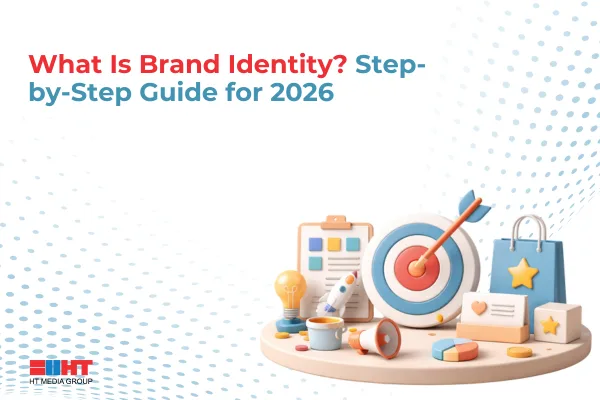
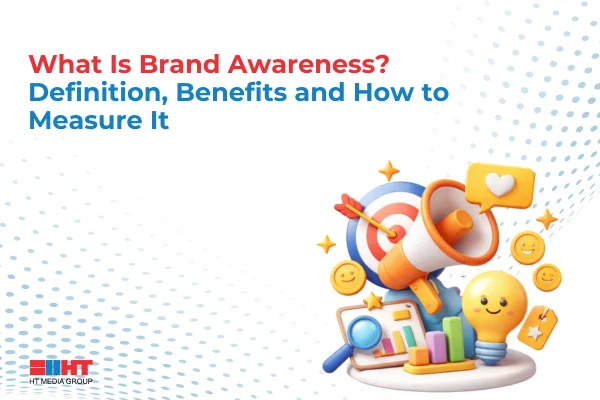

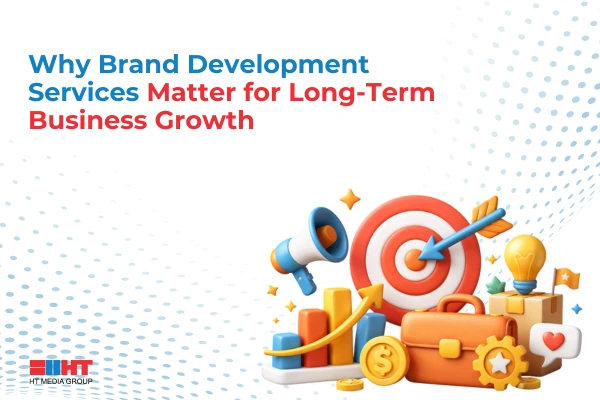

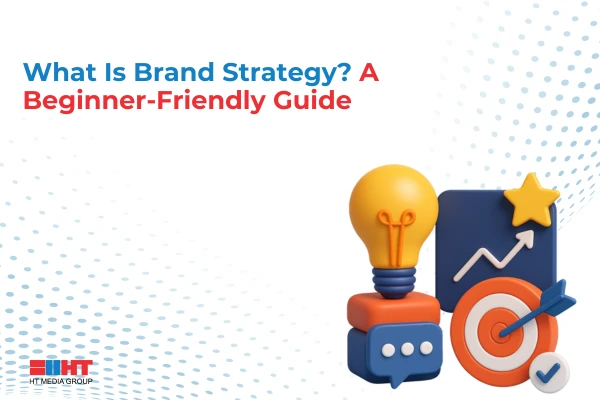

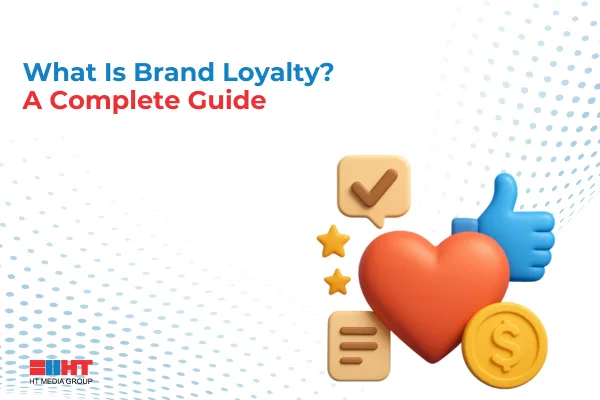
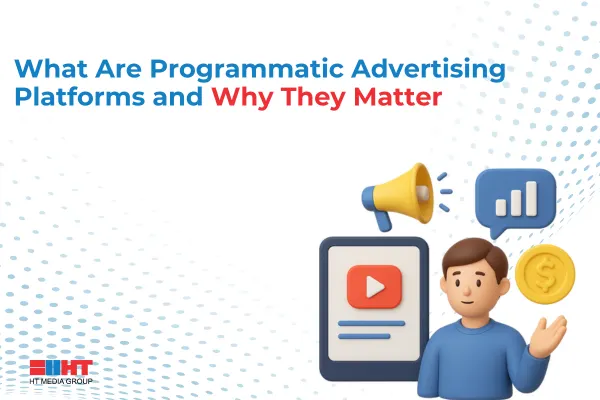
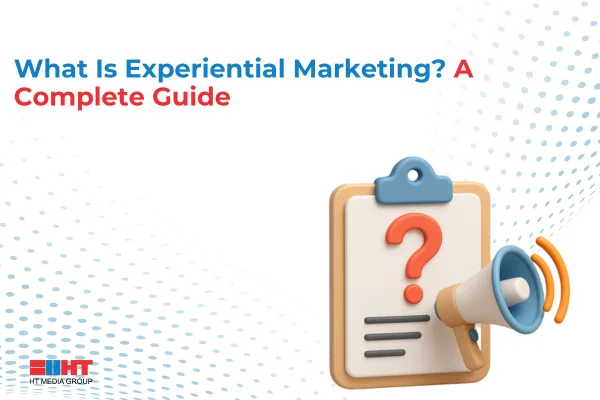


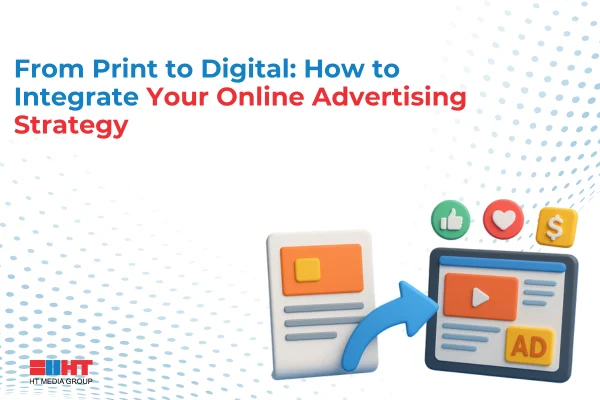
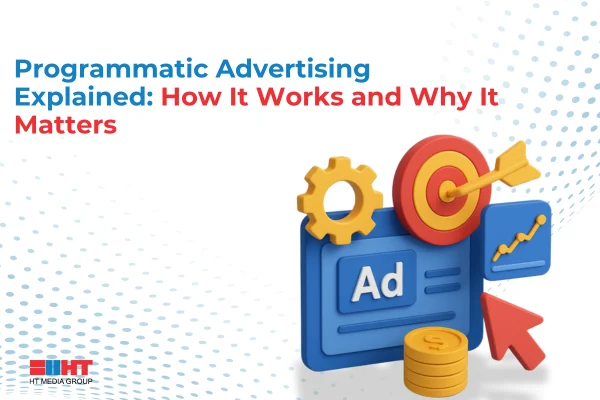


Comment